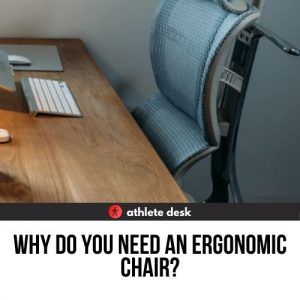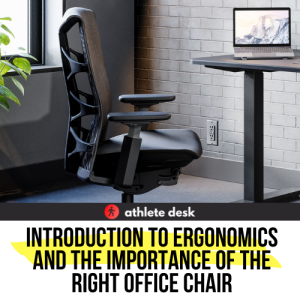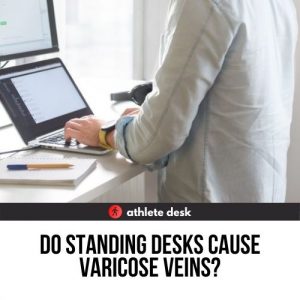Are you trying to figure out whether or not your chair is causing your hip pain? In this article, I'll go over the…
- Signs that your chair might be hurting your hips.
- Risks of a bad office chair.
- Association between a desk job and hip pain.
- Leading causes of hip pain when you sit in a chair.
- Reasons why your office chair could be hurting your legs.
Let’s get started!
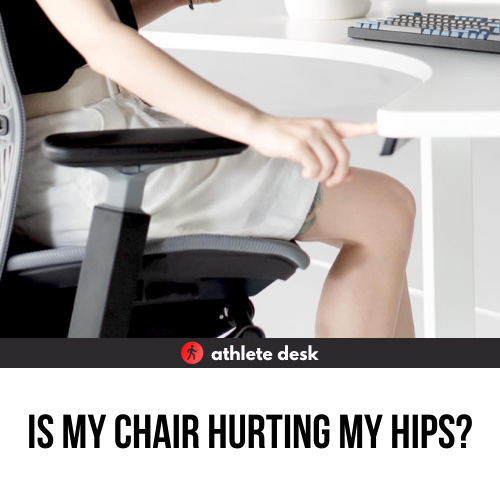
If you’re one of the 25% of people who sit in a chair for more than eight hours a day, you might feel frequent pain in your hips.
Your chair could be hurting your hips due to poor design its height or its angle.
These factors contribute to stiffness or poor alignment that frequently results in hip pain.
Is My Chair Hurting My Hips?
In most cases, the height or angle of your chair is hurting your hips rather than the design of the chair itself.
Although it is possible that a poorly designed chair is the root cause, a simple seat readjustment may just solve your hip pain when sitting.
The angle of your hip joint while you’re sitting determines the curve of your spine. Your seat height heavily influences this angle.
If your chair height is too high, you are most likely leaning forward on your seat to reach your desk.
The closed hip joint angle of this position could lead to greater stiffness in your hips and thus, more hip pain.
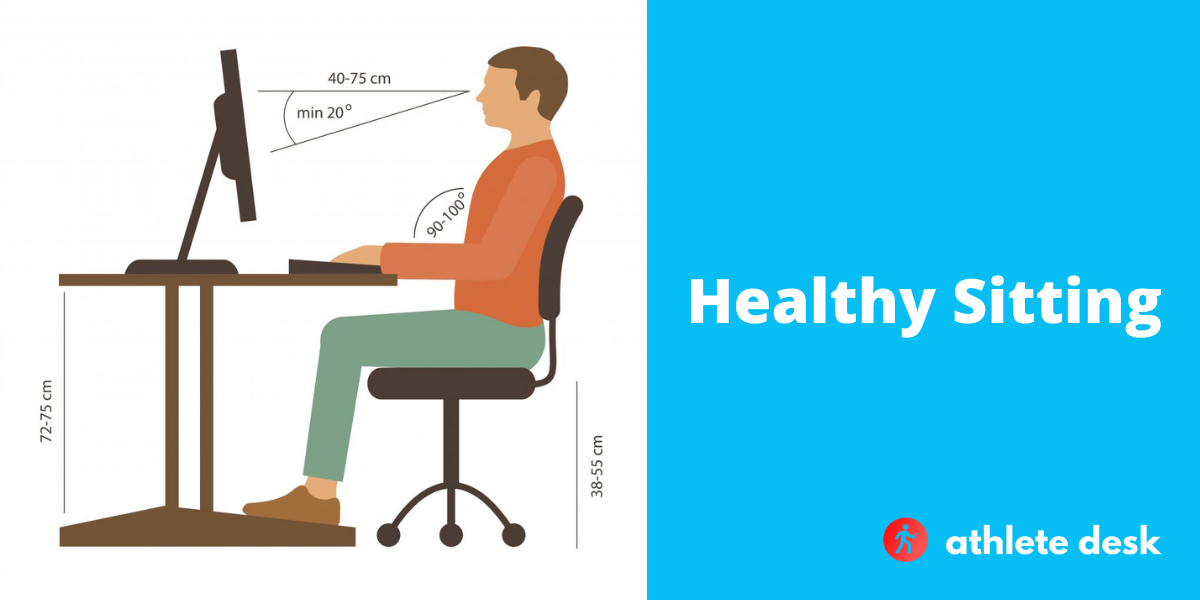
Ensure your feet are always touching the floor while you’re sitting. Keeping your feet flat on the floor guarantees that your chair is not too high.
If your chair is too low, your hip joint angle is also not as open as it should be. This causes your hip joints to bend in an uncomfortable manner.
Read More >> Should Your Feet Touch the Ground When Sitting in a Chair?
Unless your hip flexors are extremely flexible, sitting in this position for hours will likely result in hip pain afterwards.
When sitting, check to make sure your knees are not higher than your hips. Your knees should be at a 90-degree angle or slightly lower to relieve unnecessary stress on your hips.
Check out this video on how to adjust your office chair:
Can a Bad Office Chair Cause Hip Pain?
In the event that you’ve tried every possible adjustment setting on your office chair and none of them have solved your hip pain, it’s possible that the chair itself is the problem.
A bad office chair is certainly capable of causing hip pain. While this is uncommon, some chairs have a poor design that offers little to no support for your hips.
A study on the impact of office chair features found that certain features such as a seat pan tilt and lumbar support relieve unnecessary stress on your spine.
Read More >> Breakdown Of Drafting Chairs vs Office Chairs
If your office chair lacks these features, it does nothing to ease the stress on your hip joints when sitting for extended periods of time. The lack of proper support from your office chair could be causing your hip pain.
Read More >> Why is Herman Miller so Expensive?
Can a Desk Job Cause Hip Pain?
A desk job does not automatically equate to hip pain. However, sitting in a chair for long periods of time does frequently cause stiffness in your hips.
This stiffness is a result of your hips and legs remaining in the same position for a long duration.
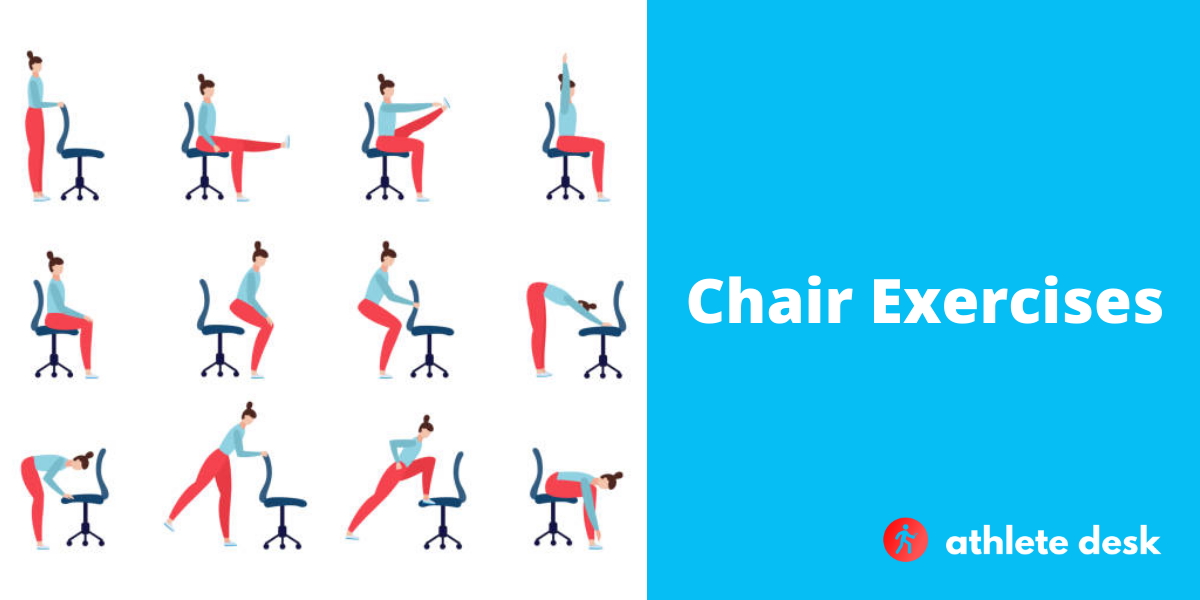
Research reveals that individuals with sedentary work often experience pain caused by high spinal loads. The excessive pressure on your spine is a result of sitting for a prolonged period of time.
Fortunately, it can be alleviated by sitting in a position that allows for a more open hip angle. Openness in the hip joint angle is made possible by a good ergonomic chair and the right seat height.
Why Do My Hips Hurt When I Sit In a Chair?
A poorly designed office chair could be the culprit behind your aching hips.
At the same time, there are several other factors to consider that might be contributing to your hip pain.
Poor posture
Regardless of whether you’re standing or sitting, poor posture contributes to several painful joints including your hips.
If you have a habit of slouching while you work, try your best to keep your back rested on your chair.
Of course, an ergonomic chair certainly helps. It’s easier to maintain a proper posture while sitting with proper lumbar support and backrest.
Inadequate cushion support
An uneven or soft seat cushion lacks the support to ease pressure from your hips.
Since your hips not are not properly supported, the extra stress on one or both sides often leads to pain.
Read More >> Top 5 Best Desk Chair Cushions For More Comfort (2021 Review)
Underlying health conditions
In some rare instances, an underlying health condition such as arthritis, tendinitis, or a pinched nerve is the chief cause of your hip pain.
These conditions can be exacerbated when sitting down which could make it seem that your chair is hurting your hips.
If your hips hurt even when you’re not sitting on a chair, it’s a good idea to explore the possibility that you might have one of these health conditions and consult your doctor.
Read More >> Top 5 Best Office Chairs for Neck and Shoulder Pain
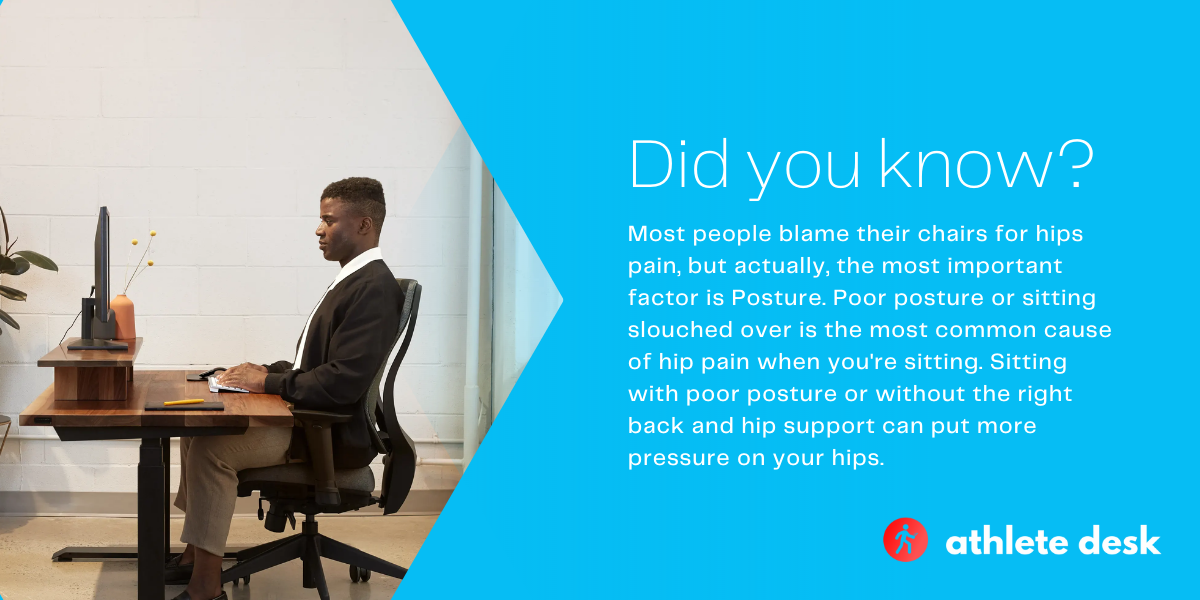
Why Does My Office Chair Hurt My Legs?
If you feel leg pain in addition to hip pain after sitting down for long periods of time, a bad office chair or the wrong chair height might be responsible.
A poorly designed chair could lead to stiffness in your legs as much as your hips. If your office chair lacks features such as good lumbar support, seat tilt, or backrest, it places unnecessary pressure on your thighs.
Read More >> Best Office Chairs for Sciatica (2021 Review)
Similarly, if you have a habit of crossing your legs, this could be impeding your blood circulation. This reduces blood flow and places more pressure on one of your legs than the other.
Read More >> Top 5 Best Office Chairs for Ischial Bursitis? (2022 Review)
Final Thoughts On Chairs And Hip Pain
Hip pain while sitting down becomes increasingly more common as you age, but there are steps you can take to reduce the discomfort.
A poor posture worsened by a lack of adequate support from your office chair is one of the most common offenders of hip pain.
Therefore, it’s important to invest in a chair with ergonomic features such as a backrest and lumbar support.
In addition, take the time to adjust your chair and figure out the setting that offers the best spine alignment for you.
Your desk job might require you to sit in a chair for long periods of time, but it doesn’t mean you should accept hip pain as an inevitable part of your working conditions.


